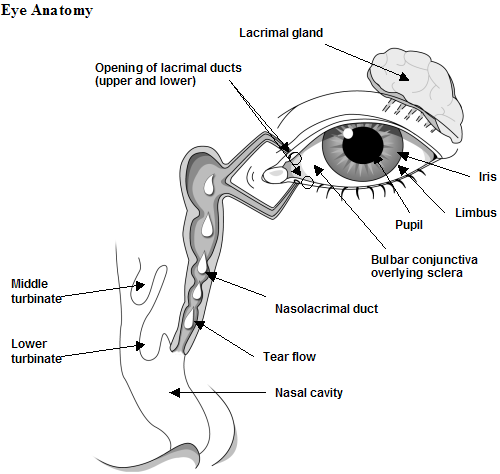Allergic Eye Disorders
The eye is commonly involved in allergic reactions. The conjunctiva is the part of the eye most frequently affected. The conjunctiva consists of a clear membrane covering the white of the eye and the inside of the eyelid. It beings at the eyelid edge and covers the inside of the eyelid, including most of the white of the eye (sclera) up to the limbus. The limbus is the point where the conjunctiva ends and the cornea begins. The cornea is the most outer portion of the eye. It is made out of a tough transparent tissue that is needed for vision.

Mast cells in the conjunctiva are rich in chemical mediators (histamine). Bound to the mast cell surface are hundreds of thousands of IgE antibodies which can attach to allergens such as pollen, dust mite and animal dander. When airborne allergens contact the conjunctiva, they can attach to IgE antibodies on the mast cell surface, beginning an allergic reaction. Once mediators are released from mast cells, the conjunctiva blood vessels respond by opening and leaking fluids. The eye becomes red, inflamed, swollen and very itchy.
Some common allergic eye disorders are: